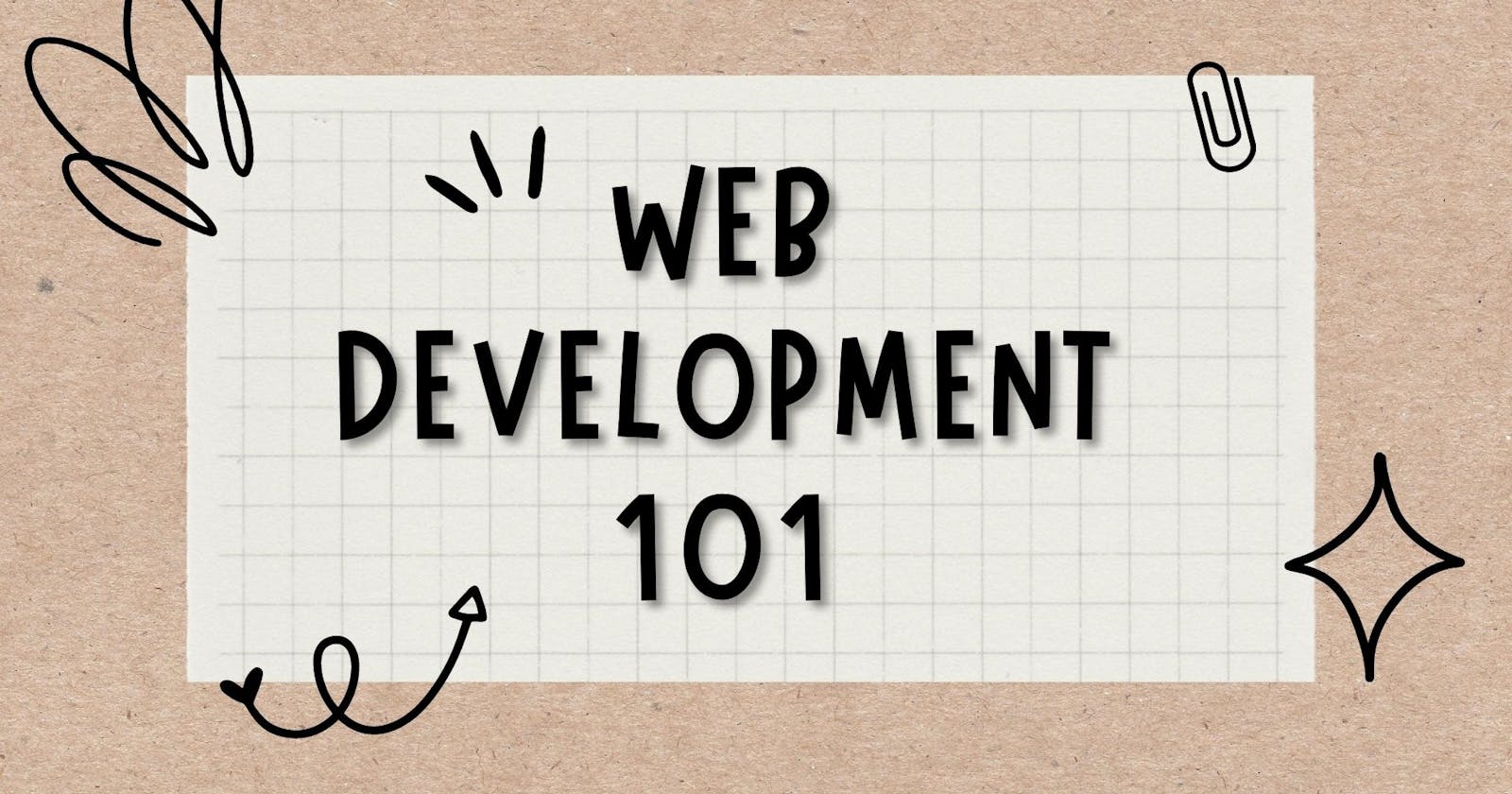Web development is a critical skill for anyone looking to build a website or web application. In this blog post, we'll introduce the basics of web development, including the main technologies used and some popular frameworks. We'll also offer some tips for people who want to learn more about web development.
Introduction
Web development is the process of building and maintaining websites. It involves using a variety of technologies, including HTML, CSS, and JavaScript, to create the structure, layout, and interactivity of a website.
Web development is a vital part of today's online world. A website is often the first point of contact between a company and its potential customers. To make a good impression, it is important that websites are well-designed and user-friendly. Web developers are responsible for creating websites that are both visually appealing and functional.
There are many different aspects to web development, from front-end design to back-end programming. Front-end developers focus on the visual elements of a website, while back-end developers handle the behind-the-scenes functionality. A good web developer will have skills in both areas.
Web development is evolving constantly. Some key trends in web development include responsive design, single-page applications, and using APIs. If you're interested in learning web development, there are plenty of resources available to help you get started, including online tutorials and courses.
Main Technologies Used In Web Development

Web development is the process of building and maintaining websites. It involves using a variety of technologies, including HTML, CSS, and JavaScript, to create the structure, layout, and interactivity of a website.
The World Wide Web (WWW) is defined by the World Wide Web Consortium (W3C) as a collection of information resources accessible via hypertext. The most common form of hypertext is HTML (Hypertext Markup Language), which is used to define the structure of a web page. It consists of a series of elements that are nested within each other to create a hierarchy. Elements can contain text, images, or other media. CSS (Cascading Style Sheets) is used to style the content of a web page. It defines how elements should be displayed, such as their color, font size, and position on the page. JavaScript is used to add interactivity to a web page. It can be used to respond to user input, such as when a button is clicked or a form is submitted.
Web Development Frameworks

There are many popular web development frameworks available, such as React and Angular. These frameworks can be used to streamline the development process and make it easier to build complex websites.
Frameworks provide a structure for developers to work within, helping to organize code and keep track of dependencies. This can make development more efficient, as developers can reuse code components and focus on the specific functionality they need to implement. In addition, frameworks can help to enforce best practices and standards, making it easier to create consistent and reliable code.
Using a framework can also make it easier to collaborate with other developers, as everyone is working within the same structure. This can make it simpler to identify errors and potential problems. And when new features or updates are needed, frameworks can provide an easy way to integrate these changes into the existing codebase.
There are many different web development frameworks available, so it's important to choose one that's well suited to your needs. React is a popular choice for building user interfaces, while Angular is often used for Single-Page Applications (SPAs). There are also frameworks designed specifically for creating APIs or working with data-heavy applications.
When selecting a framework, it's important to consider its features, performance, stability, and community support. You should also look at how well it integrates with other tools and technologies you're using. Once you've selected a framework, be sure to spend some time familiarizing yourself with its conventions and API before starting your project.
Tips

Here are some tips for people who want to learn web development:
1. Finding resources: There are plenty of resources available online to help you learn web development, including tutorials, courses, and blog posts. It can be helpful to start with the basics, such as HTML and CSS, and then move on to more complex topics, like JavaScript and frameworks.
2. Building projects: A great way to learn web development is to build projects. This could involve creating a simple website or web application. Once you have a basic understanding of the technologies involved, you can start to experiment with different features and functionality.
3. collaborating with others: As web development is a constantly evolving field, it's important to keep up with new trends and technologies. One way to do this is by collaborating with other developers. This could involve working on open-source projects or contributing to online forums and discussion groups.
Conclusion
Web development is the process of building and maintaining websites. It involves using a variety of technologies, including HTML, CSS, and JavaScript, to create the structure, layout, and interactivity of a website. Web development frameworks, such as React and Angular, can be used to streamline the development process and make it easier to build complex websites.
Some key trends in web development include responsive design, single-page applications, and the use of APIs. These trends are constantly evolving, which means that web developers need to keep up with the latest changes to be able to create websites that meet the needs of their users.
There are plenty of resources available online to help you learn web development. These include tutorials, courses, blog posts, and more. By starting with the basics and then moving on to more complex topics, you can gradually build up your skills until you're able to create the websites you want.
